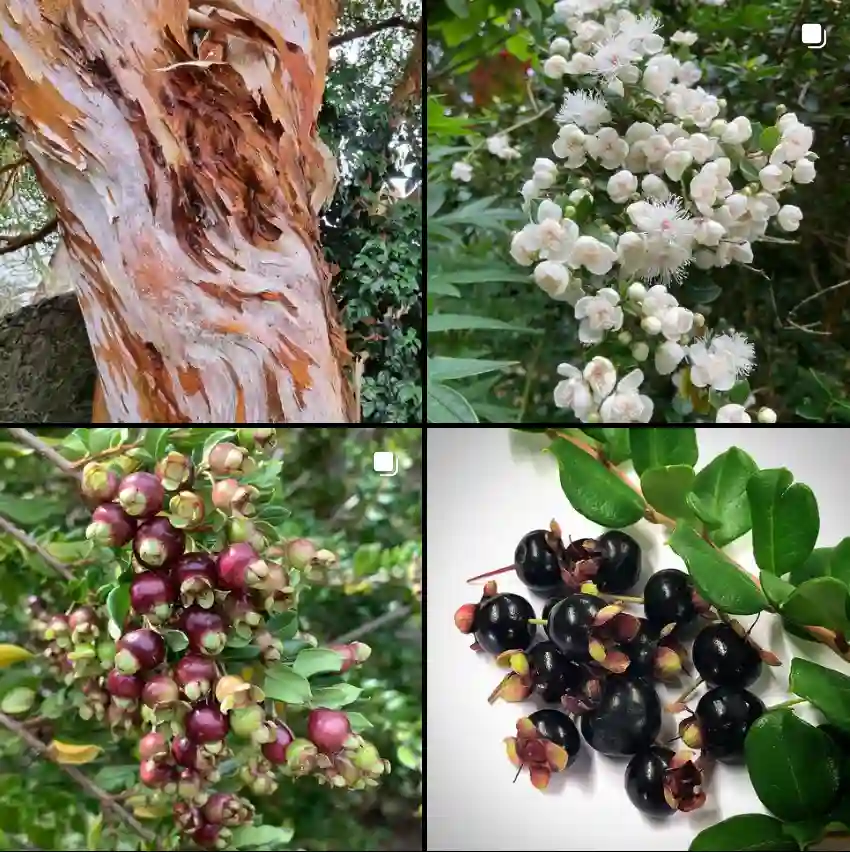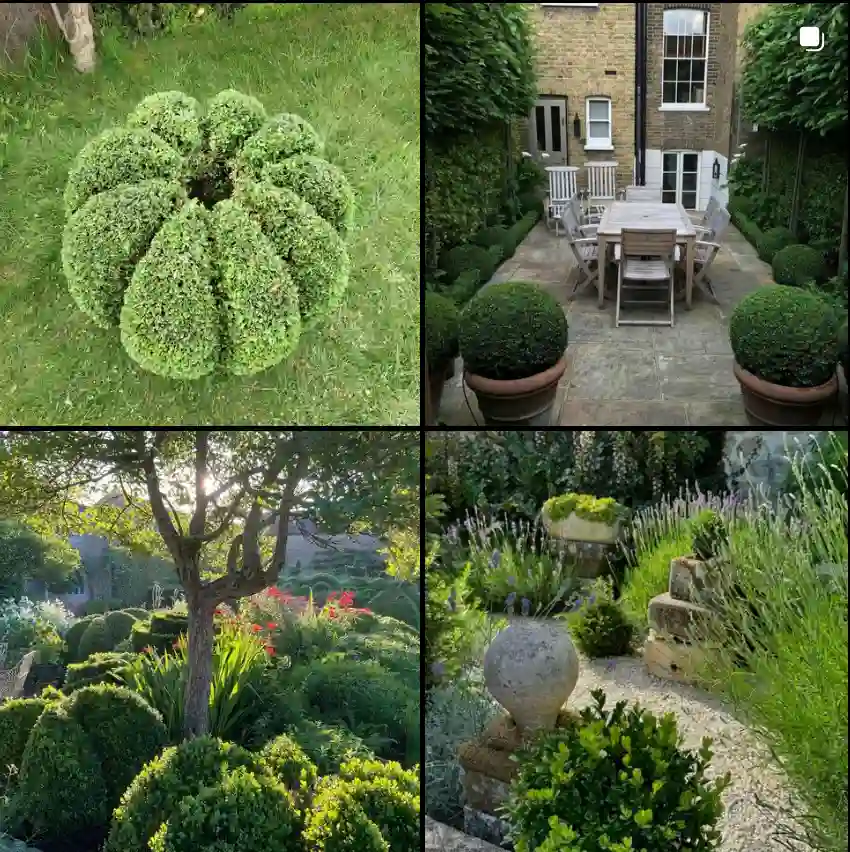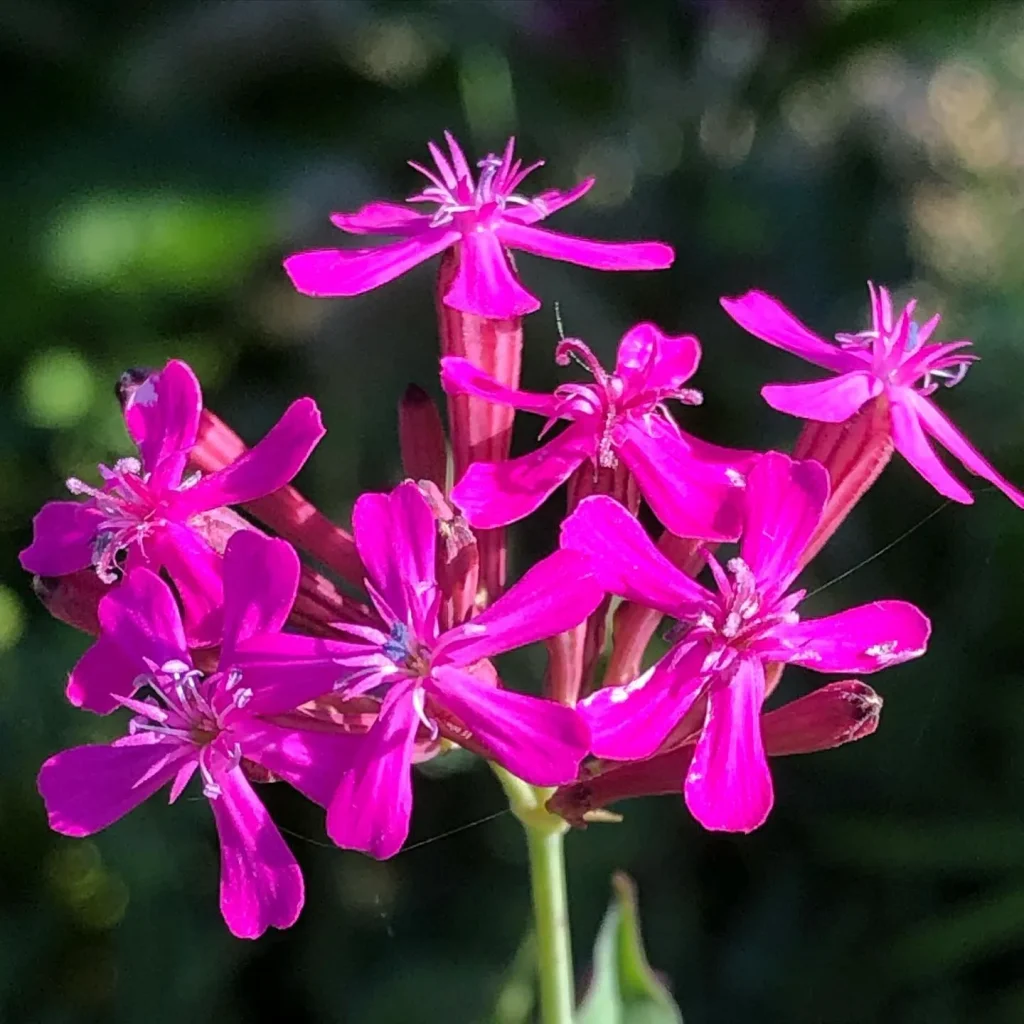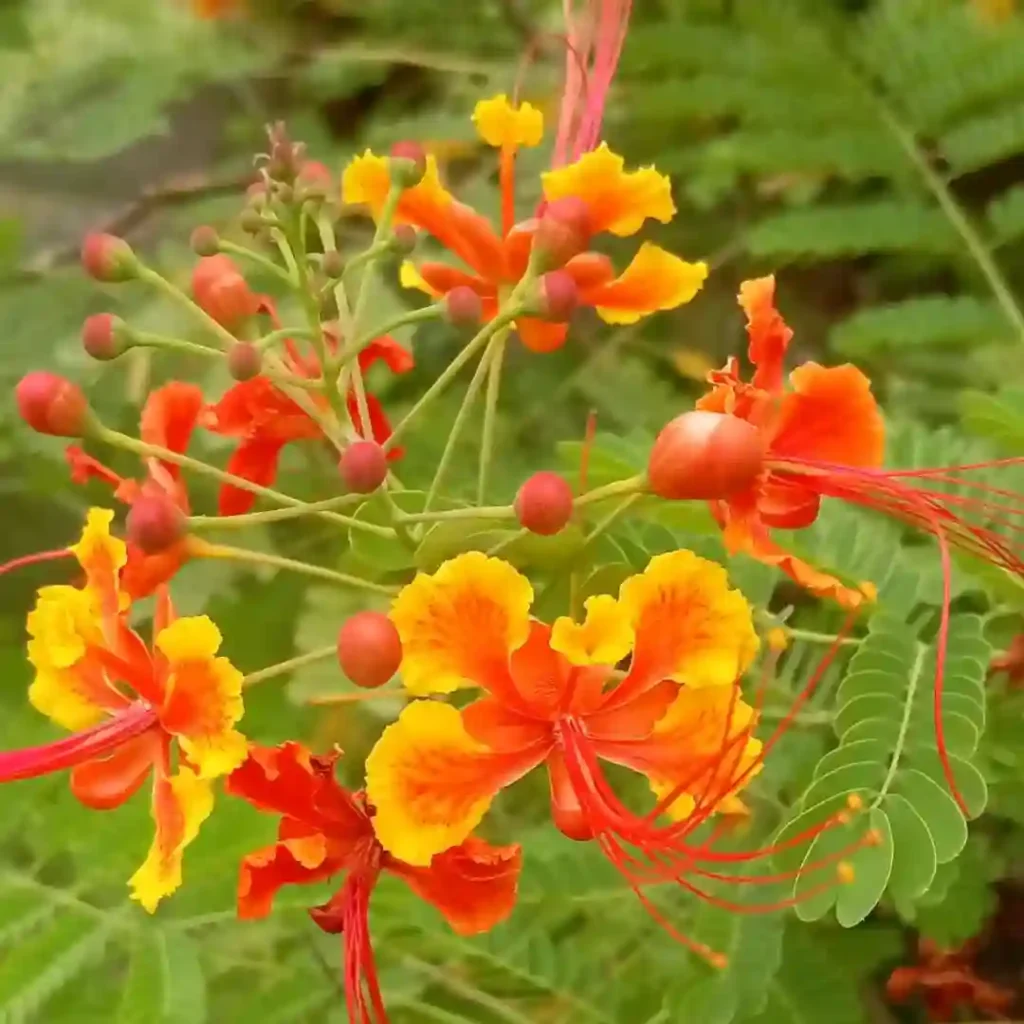Hosta Fried Bananas: A Gardener’s Guide
Hi, Ferb Vu here. As a shade garden enthusiast, I’ve been particularly fond of the Hosta Fried Bananas for its vibrant foliage and easygoing nature. Over the years, I’ve fielded a fair share of questions about this unique hosta. So, I decided to compile a quick guide to address some of the most common inquiries.
31 Species in Genus Hosta
What is Hosta Fried Bananas?
The Hosta Fried Bananas is a sport, a natural mutation, of the Hosta Guacamole. This sun-loving hosta boasts beautiful, glossy, chartreuse-gold leaves that seem to mimic the color of ripe bananas, hence the name. It forms a large, impressive mound with mature plants showcasing a delightful twist and wave to their leaves. Fragrant, white flowers appear atop tall scapes in late summer, adding another layer of interest to this delightful shade dweller.
How does Hosta Fried Bananas compare to other Hostas?
There are over 4,000 registered hosta cultivars, so comparisons are inevitable. Here’s a quick breakdown of how Fried Bananas stacks up against some of its cousins:
- Sun Tolerance: Unlike many shade-loving hostas, Fried Bananas thrives in some sun exposure. While it can tolerate full shade, the foliage color is brightest with a few hours of morning sun.
- Growth Rate: This is a vigorous grower, forming a sizable clump in a relatively short period. This makes it a great choice for gardeners who want to fill space quickly.
- Leaf Color: The vibrant chartreuse-gold foliage is a standout feature. Hostas come in a wide range of green and blue hues, with some variegated options. Fried Bananas offers a unique pop of color that brightens up shady areas.
- Fragrance: The fragrant white flowers add another dimension to the plant’s appeal. Not all hostas have fragrant blooms, making Fried Bananas a standout for those seeking a sweetly scented addition to their garden.
How to plant and care for Hosta Fried Bananas?
Planting Fried Bananas is a breeze. Here’s what you need to know:
- Timing: Early spring or fall is the ideal time to plant hostas. The cooler temperatures allow the roots to establish before the summer heat arrives.
- Location: While it tolerates full shade, Fried Bananas will showcase its best color with a few hours of morning sun. Aim for a location with moist, well-drained soil.
- Planting Process: Dig a hole slightly larger than the root ball of your hosta. Amend the soil with some compost or organic matter for better drainage and nutrient retention. Gently place the hosta in the hole, ensuring the crown sits at soil level. Backfill the hole and water thoroughly.
- Watering: Hostas prefer consistently moist soil, especially during their first growing season. Water deeply when the top inch of soil feels dry.
- Fertilizing: A light application of balanced fertilizer in early spring can be beneficial. However, Fried Bananas is not a heavy feeder, so avoid over-fertilizing.
- Dividing: As the clump matures, you can divide it in early spring to propagate new plants. Simply dig up the clump, carefully separate the divisions with a sharp knife, and replant them in new locations.
Is Hosta Fried Bananas deer resistant?
While not completely deer-proof, hostas are generally less palatable to deer compared to other shade plants. The thick, waxy leaves tend to deter them. Planting Hosta Fried Bananas alongside other deer-resistant plants can offer additional protection.
Does Hosta Fried Bananas need winter protection?
Hosta Fried Bananas is a very cold-hardy plant (USDA hardiness zones 3-8) and can tolerate winter temperatures well. In colder climates, a light layer of mulch around the base of the plant in late fall can provide additional protection.
Can Hosta Fried Bananas be grown in containers?
Absolutely! The vigorous growth habit of Fried Bananas makes it well-suited for container planting. Choose a pot with good drainage and use a high-quality potting mix. Ensure the container is large enough to accommodate the mature size of the plant.
Conclusion
Hosta Fried Bananas is a fantastic addition to any shade garden. Its vibrant foliage, easy-going nature, and fragrant blooms make it a conversation starter. With a little care, this delightful hosta will thrive for years to come, adding a touch of sunshine to your shady haven.
If i die, water my plants!



